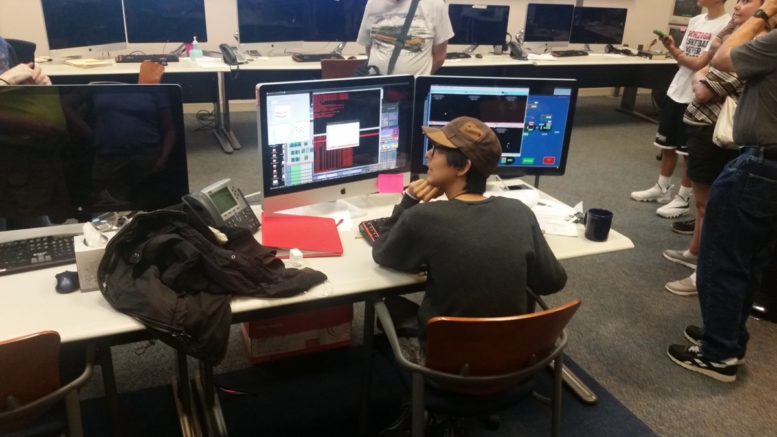With the success of LIGO in finding gravitational waves and confirming Einstein’s Theorems, there are many questions and opportunities that arose. These questions included things such as “What will happen to the current LIGO experiment?” and “What is the next big thing” and “what would being able to detect gravitational waves be used for?”
There are other types of gravitational wave detection options, such as Indirect Detection, space based interferometers, and pulsar timing arrays. There are also the potentials for observing primordial gravitational waves, but there have yet to be any confirmed discoveries by some of these other methods. But with the discovery of gravitational waves, there is the potential for more focus and research to unlock more discoveries
New Detectors
With the success of finding gravitational waves, the plans to build more detectors has begun. The future detectors either in progress or being proposed include:
Einstein Telescope–A proposed third-generation ground-based gravitational wave detector, currently under study by some institutions in the European Union. The goal of the telescope will be able to test Einstein’s general theory of relativity in strong field conditions and realize precision gravitational wave astronomy.
LISA, the Laser Interferometer Space Antenna–> This is a new spacecraft that is proposed to be launched in 2034, which is being led by the European Space Agency. The goal is to provide more detail about gravitational waves and be more precise than any gravitational wave detectors on Earth. By launching and studying gravitational waves in space, scientists will be opened up to a wealth of new data, which is invisible to light.
LIGO Voyager and A+ are both opportunities to upgrade current LIGO technology and increase the sensitivity.
LIGO-India–> This is a partnership with the current teams in the US behind LIGO and scientists in India to build a new detector in India. A site was chosen in 2016 with preliminary approval by the Indian government to build the new detector near Aundha Nagnath in the Hingoli district in western India.
Potential New Scientific Discoveries
Possible areas for scientific discovery includes extreme mass ratio inspirals, supermassive blackhole mergers, intermediary blackhole binaries, and probing the expansion of the universe. The discovery of gravitational waves has opened up an entirely new area of scientific research. Light based astronomy makes great photography for release to the public, but can only go so far. To gain a greater understanding of the universe and astronomical bodies, gravitational waves are a great tool in the toolbox and a future wealth of information.
Public tours of LIGO in Hanford and Livingston are available, which we discuss here. For more detailed information about the impact that LIGO had on science and technology, check out this article from LIGO. There is open source software that can be downloaded and used for those interested in assisting with the data analysis.

Leave a comment